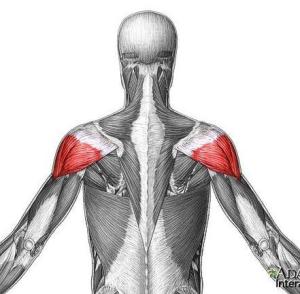Often used interchangeably in layman language, HIV positivity and AIDS are not the same thing and that’s why the examiners want to know: are you a doctor or a layman?
So first things first. HIV is Human Immunodeficiency Virus and AIDS is Acquired Immunodeficiency Syndrome. Only an HIV-positive patient can develop AIDS but NOT all HIV-positive patients have AIDS. HIV-positivity doesn’t automatically mean that a patient has AIDS. Only when the HIV- virus attacks and weakens the immune system of an individual, he/she develops AIDS. There is a very specific criteria to diagnose a patient with AIDS while a simple PCR laboratory test can label a patient as HIV positive. Since patients with AIDS are Immunodeficient so they can easily get infected by organisms that otherwise do not cause infections in an immunocompetent person. So if a question states that a patient is HIV-positive but DOES NOT have AIDS then consider him/her as an average immunocompetent person.
Now we come to our question which is if a woman who is HIV positive but doesn’t have AIDS develops otitis media, what would be most likely organism? Since we already clarified that a person who doesn’t have AIDS, is not affected by opportunistic organisms. So please don’t jump to the conclusion that since she is HIV positive she will be affected by all the strange named opportunistic organisms. So we use our common sense here. In this case just recall the three most common organisms that cause otitis media in immunocompetent persons:
Streptococcus pneumoniae (most common)
Haemophilus influenzae
Moraxella (Branhamella) catarrhalis.
These three organisms are responsible for more than 95% of all Acute otitis media cases with a bacterial etiology.



